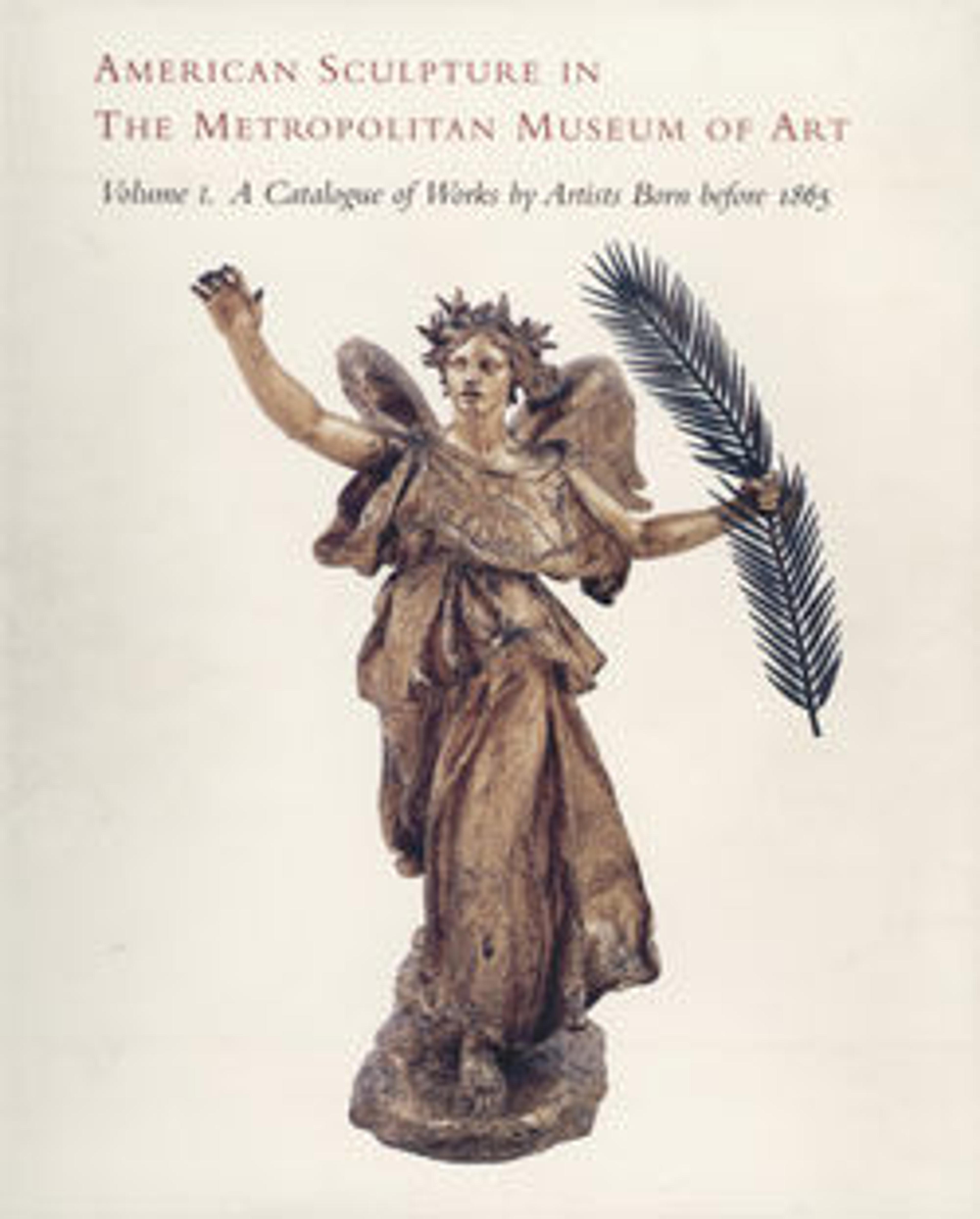Fighting Lions
Rimmer was always fascinated by lions; he drew, painted, and sculpted them. While he may have known the lions depicted in paintings by Théodore Gericault and Eugène Delacroix, he was almost surely influenced by the work of French animal sculptor Antoine-Louis Barye. Rimmer’s colleague William Morris Hunt had introduced Barye’s sculpture to Boston collectors in the 1860s, so Rimmer likely knew his realistic statuettes of battling beasts, at the very least through engravings. "Fighting Lions" portrays a male and female lion locked in combat, an angry, turbulent mass of interlocked forms. Rimmer’s intimate knowledge of animal anatomy is evident, especially in his rendering of the straining muscles beneath the rippling, activated surface. In his writings, he frequently returned to the motif of animals caught in epic battles, symbolically connecting to moral chaos. Notably, the genders of the lions may have been a pointed reference to the ongoing struggles for women’s rights, of which Rimmer was a vocal supporter.
Artwork Details
- Title: Fighting Lions
- Artist: William Rimmer (American (born England), Liverpool 1816–1879 South Milford, Massachusetts)
- Founder: Cast by John Williams (American, New York, ca. 1875–ca. 1953)
- Date: 1870–71; cast possibly 1906, definitely by late January 1907
- Culture: American
- Medium: Bronze
- Dimensions: 17 x 23 1/4 x 17 in. (43.2 x 59.1 x 43.2 cm)
- Credit Line: Gift of Daniel Chester French, 1907
- Object Number: 07.223
- Curatorial Department: The American Wing
More Artwork
Research Resources
The Met provides unparalleled resources for research and welcomes an international community of students and scholars. The Met's Open Access API is where creators and researchers can connect to the The Met collection. Open Access data and public domain images are available for unrestricted commercial and noncommercial use without permission or fee.
To request images under copyright and other restrictions, please use this Image Request form.
Feedback
We continue to research and examine historical and cultural context for objects in The Met collection. If you have comments or questions about this object record, please complete and submit this form. The Museum looks forward to receiving your comments.
